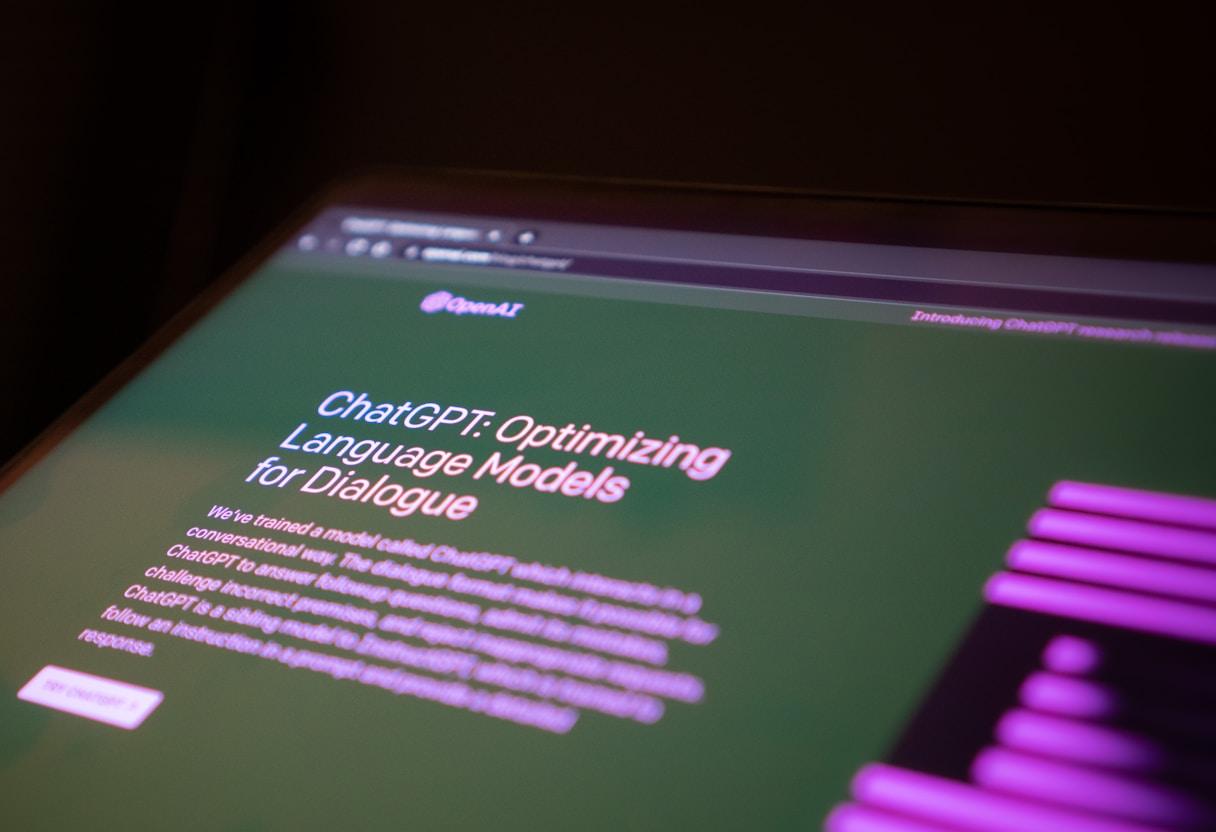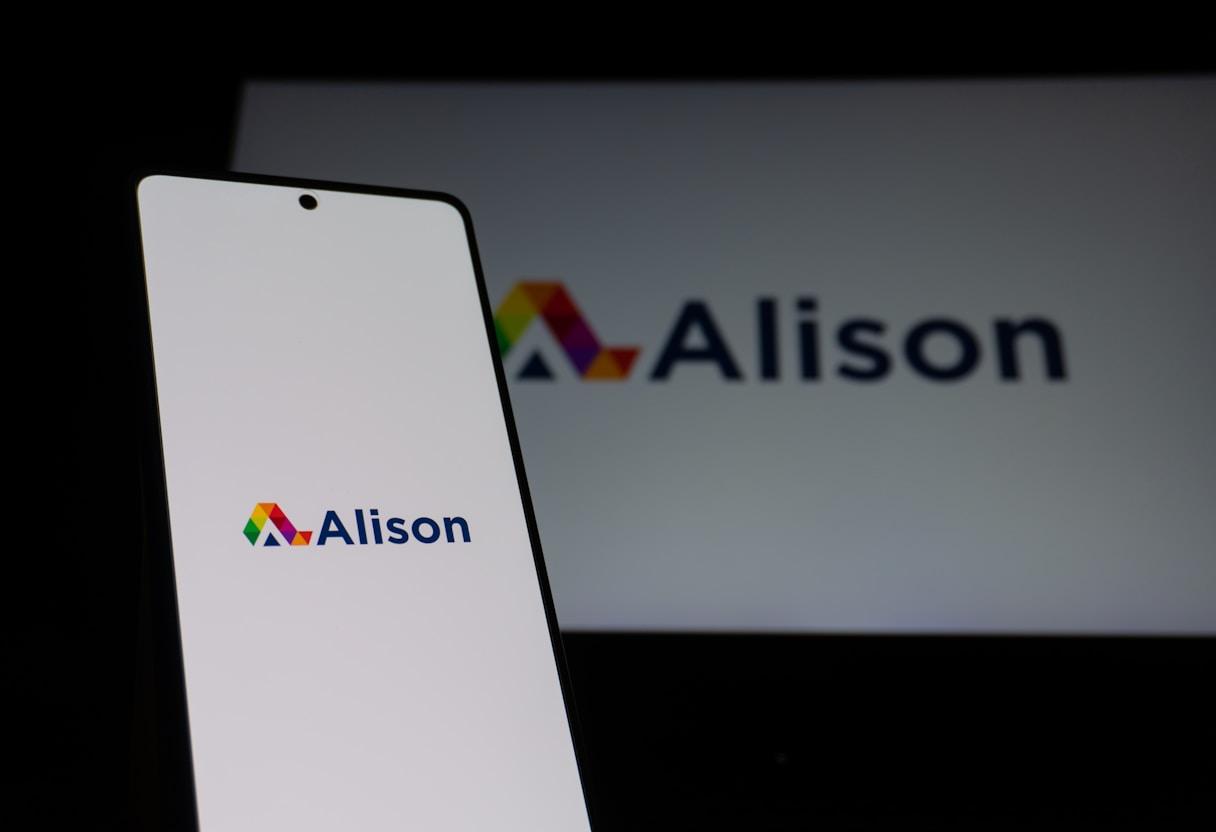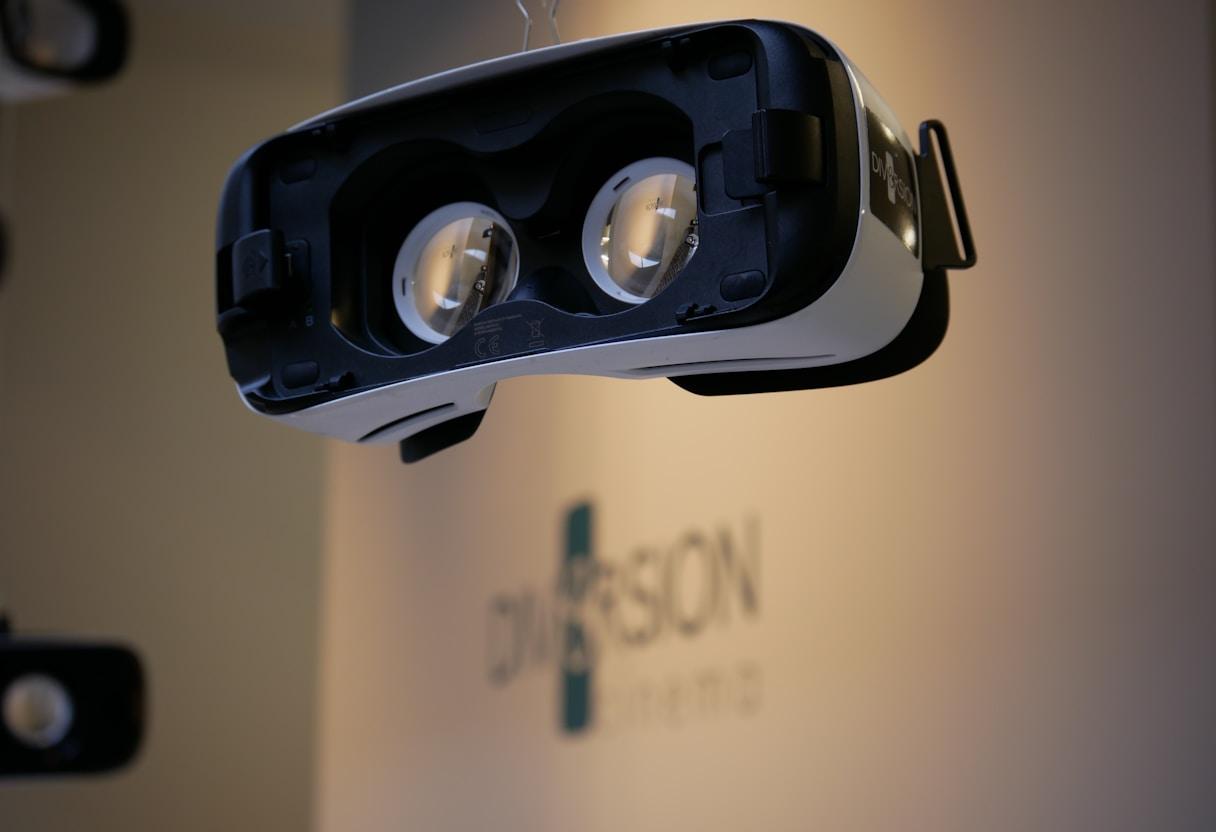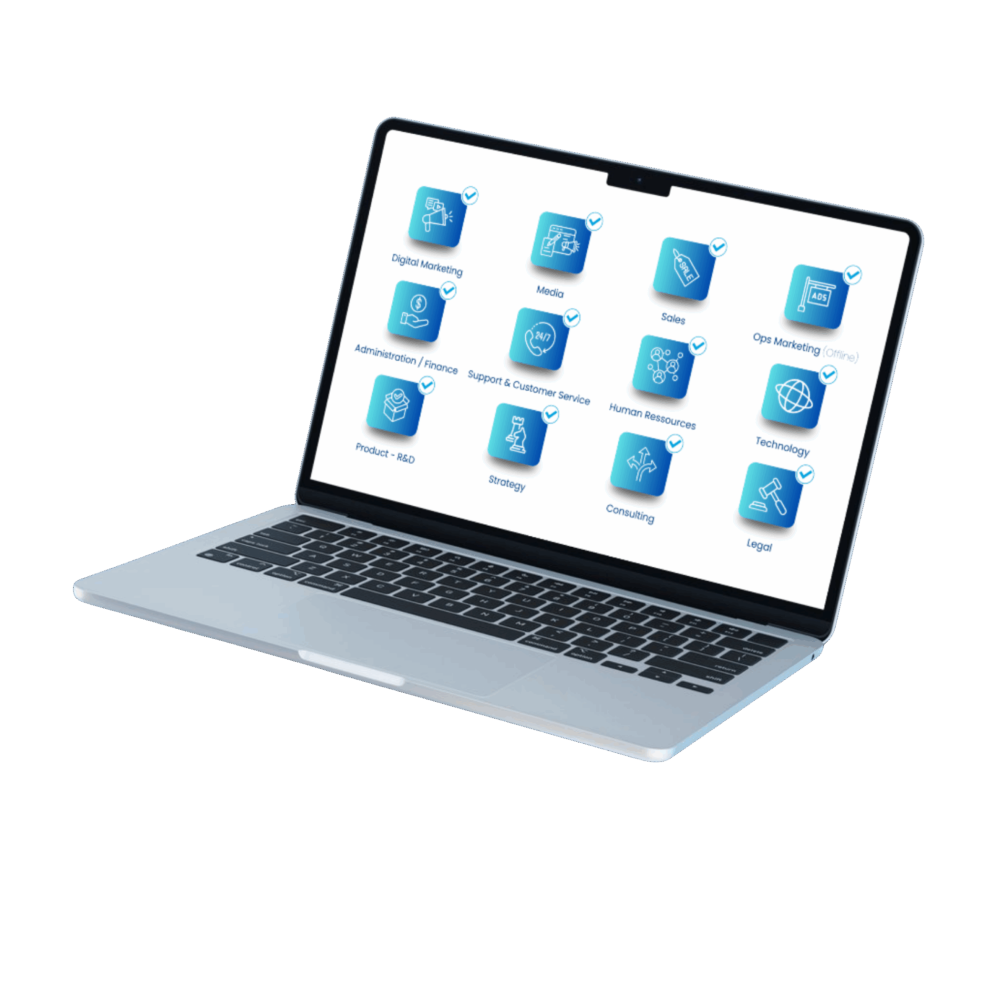Is AI coding going to replace software developers

Imagine your engineering leaders walk into your weekly product review and say they can deliver features in half the time if the team embraces artificial intelligence coding tools. Do you reassign developers, slow hiring, or reframe their work around architecture and quality? That is the real question leaders are facing, not whether software developers will vanish overnight.
Industry forecasts widely report that artificial intelligence could generate a significant share of code in large projects over the next few years. Some internal studies from major software vendors show tangible productivity gains when teams use artificial intelligence assistants for code suggestions, documentation, and test generation. Those numbers are compelling, yet they do not tell the full story for businesses that ship complex products and must integrate with customer systems, enterprise data, and strict security controls.
The real impact of AI in coding is not instant replacement, but a gradual evolution of developer roles and workflows.
Artificial intelligence coding tools excel at routine code and repeatable patterns. Where they fall short is context: deeply understanding business requirements, designing the right software architecture for scale and resilience, and making trade-offs that balance speed, cost, and risk. These are human decisions shaped by stakeholder priorities, technical debt, compliance requirements, and long-term product strategy.
Relying fully on AI coding assistants can amplify risks unless your team retains human oversight on architecture / quality.
So the question shifts from replacement to transformation. How will the developer role evolve as artificial intelligence becomes a standard part of the software toolchain? And how can B2B organizations implement these capabilities in a way that improves delivery without compromising quality, security, or maintainability?
The current state of AI coding technology in 2025
The landscape of artificial intelligence development tools has grown rapidly. Today’s solutions provide smart code suggestions inside the integrated development environment, generate tests and documentation from context, and automate parts of review and validation. For many teams, these tools now feel like a capable pair programmer for routine tasks.
Leading AI code generation platforms
Well known assistants such as GitHub Copilot, Amazon CodeWhisperer, and Tabnine support dozens of programming languages and integrate with popular editors. They are most helpful when patterns are clear and when there is enough training data to guide suggestions. In practice, teams rely on these assistants for real-time code completion, contextual suggestions, documentation stubs, early bug finding, and initial test case drafts. These gains are strongest in code that follows established frameworks and style guides rather than novel algorithm design.
In enterprise environments, platform maturity and governance features matter just as much as suggestion quality. Security scanning, policy enforcement, model transparency, and data handling settings influence whether a tool can be used in regulated industries. Leaders also assess how these assistants integrate with existing pipelines for continuous integration, security testing, and deployment.
Capabilities and limitations
Modern assistants are excellent at scaffolding boilerplate, implementing standard patterns, writing unit tests for clear logic, producing helpful docstrings and comments, and surfacing common issues. They speed up refactors, reduce context switching between code and documentation, and help teams standardize repetitive tasks. However, when requirements are ambiguous or highly specialized, human expertise dominates. Architectural trade-offs, complex business logic, nuanced security design, performance tuning under load, and innovation strategy remain human-led responsibilities because they depend on judgment, risk assessment, and stakeholder alignment.
Adoption statistics
Adoption has accelerated across mid-market and enterprise organizations. Internal benchmarking from many technology leaders shows a steady rise in the use of assistants across back-end, front-end, and data engineering teams. Commonly reported outcomes include faster delivery on routine work, improved code consistency within teams, and better onboarding of new hires who can now learn patterns in context. These outcomes validate the role of artificial intelligence as a force multiplier rather than a replacement for skilled engineers.

What AI coding tools excel at
Organizations see the clearest wins when artificial intelligence tools are applied to the right problems. Think of them as a high-speed assistant that drafts code and content you would otherwise write by hand, while your senior engineers focus on design, integration, and quality.
Boilerplate code and repetitive tasks
Studies of automated code generation consistently show strong gains in repetitive implementation such as Create-Read-Update-Delete flows, schema mapping, and adapter layers. Teams often report cuts in repetitive coding time, fewer handoffs for small tasks, and faster delivery of features that follow known patterns. These time savings compound over sprints, allowing engineers to spend more time on tasks that actually move business metrics.
AI assists most when deployed on repetitive code and tasks that follow clear patterns.
Code documentation and comments
Documentation is one of the most underrated benefits. Assistants can draft docstrings, summarize complex functions, propose interface descriptions, and structure reference documentation for internal libraries and external APIs. Clear documentation improves knowledge transfer, reduces reliance on tribal knowledge, and lowers onboarding time for new contributors.
Bug detection and code review
Modern code analysis tools catch many issues early by highlighting potential errors, unsafe patterns, and security vulnerabilities as developers type. They propose performance improvements, flag style inconsistencies, and help reviewers navigate pull requests with rich summaries. This does not replace human review, but it does raise the baseline of code quality before a human sees the change.
Learning and onboarding acceleration
Artificial intelligence assistance shortens the learning curve for junior developers. Rather than searching through outdated documentation, they can ask for examples, explanations, and best practices in the flow of work. Managers report faster progress to independent contributions, fewer interruptions for senior mentors, and more consistent adherence to team standards.

Critical areas where human developers remain essential
Despite rapid progress, software delivery is more than code generation. It is also about making decisions that carry organizational risk and require an understanding of context. That is why experienced engineers and architects remain pivotal.
System architecture and strategic design
Architects plan for growth, choose technology stacks, and design interfaces that survive change. They weigh vendor lock-in against speed, select data models that preserve integrity, and plan for observability and failure recovery. These decisions require judgment that spans technical design and business strategy, which today’s artificial intelligence systems cannot evaluate with confidence.
Complex problem solving and innovation
When teams face novel problems, they need creativity and skepticism. Human developers devise new algorithms, handle unusual edge cases, and build performance strategies for real production load. They understand that a quick fix can create long-term issues and that innovation often requires stepping away from known patterns.
Stakeholder communication
Projects succeed when communication is clear. Senior engineers translate business needs into technical requirements, negotiate scope with product leaders, and explain risk trade-offs to non-technical stakeholders. This collaborative work shapes the product vision and ensures that technical plans remain aligned with goals and constraints.
Code quality and context
Quality is contextual. Teams maintain organizational standards, consider legacy systems, track security compliance obligations, and manage technical debt. Artificial intelligence suggestions can be helpful, but they still need human review through the lens of company policies, architectural guardrails, and operational realities.

The evolution of developer roles rather than replacement
Artificial intelligence development tools are changing how engineers spend their time. Instead of writing every line from scratch, developers curate, validate, and direct intelligent assistants while taking on more responsibility for architecture, integration, and outcomes.
From code writers to solution architects
With AI-assisted development, experienced engineers focus on system design, threat modeling, performance goals, and end-to-end user experience. Many teams report a noticeable shift in time allocation toward high-level design activities, especially in organizations that operate complex platforms or integrate with customer systems through APIs and event-driven workflows.
AI-augmented developer productivity
Organizations implementing artificial intelligence coding assistance frequently report the following improvements:
- Faster project delivery for repeatable features
- Fewer hours spent debugging routine defects
- Higher baseline code quality through consistent patterns
- Better utilization of senior engineers on strategic work
New specializations
New roles are emerging inside engineering organizations. Teams appoint workflow architects who design how assistants integrate into development, security, and operations pipelines. Prompt specialists guide how to ask for the right outputs and how to validate them. Quality strategists define guardrails that balance speed and risk. Integration consultants shape how artificial intelligence connects with product management, design, support, and analytics.
Integrating AI into the developer workflow creates new roles in prompt design and workflow architecture.
Low-code and citizen developers
Artificial intelligence enhanced platforms lower the barrier to delivering internal tools and prototypes. This unlocks citizen development for simple use cases under professional oversight. Engineering leaders respond by defining governance models, establishing quality gates, and creating integration patterns so that lightweight projects stay maintainable and secure.

Industry perspectives: what research and leaders say
Recent developer community surveys show broad adoption of artificial intelligence coding tools with clear benefits and measured caution. Leaders see value when these tools are introduced with training, standards, and consistent oversight.
Developer survey results
Across multiple reports, developers indicate regular use of assistants for code suggestions, test generation, and documentation. Many respondents say productivity improves and code quality trends upward when teams standardize their usage and define validation steps. The sentiment toward adoption is positive, especially when organizations provide clear guidance on responsible use.
Employment forecasts
Analysts expect continued growth in engineering roles, with an even faster rise in positions that blend software development with artificial intelligence integration, security, and data engineering. Senior roles that combine technical depth with business acumen are likely to grow as organizations need leaders who can shape strategy and guide adoption responsibly.
Success case studies
Consider a multinational manufacturer that modernized its internal tools. By introducing assistants into repetitive integration work, it cut delivery time for new data adapters and improved service reliability. A financial services scale-up adopted artificial intelligence generated unit tests for their core services and reported fewer regressions after releases. These outcomes align with many AI tools success stories where teams implement assistants as part of a quality-first engineering culture rather than a wholesale replacement for human expertise.
The pattern is consistent: teams that succeed pair artificial intelligence with clear ownership, strong architecture, and disciplined review processes. They use assistants to accelerate delivery while keeping key decisions in human hands.

Skills developers need to thrive alongside AI
The most valuable engineers in the next decade will combine technical mastery with product sense and leadership. Artificial intelligence does not reduce that need. It raises the bar for judgment, clarity, and systems thinking.
Mastering AI tool integration
Engineers should learn how to ask for the right outputs, validate generated code, and configure tools for their stack. If your team is new to prompt design, start with practical techniques and examples. A helpful primer is this guide on how to write prompts for AI, which shows how to move from vague requests to structured instructions that yield reliable results. Teams should also document their verification steps, such as running test suites, performing security checks, and reviewing data handling before merging changes.
Architectural and system design
Distributed systems, microservices, and event-driven patterns remain central to modern products. Engineers should deepen their skills in scalability, resilience, observability, and cost-aware design. Security architecture deserves special focus, including identity, secrets management, encryption, and threat modeling that aligns with regulatory and customer requirements.
Business domain knowledge
The more an engineer understands the domain, the better their technical decisions. Familiarity with industry regulations, process flows, and value drivers makes it easier to design trustworthy systems and prioritize the right work. Teams who invest time in learning the business often propose simpler solutions that achieve the same result with fewer moving parts.
Soft skills and leadership
Strong communicators accelerate teams. Collaboration, stakeholder alignment, mentoring, and change management are critical in environments where artificial intelligence changes the way people work. These skills help teams adopt new tools without losing cohesion, and they ensure that fast delivery does not come at the expense of clarity or quality.

Strategic implications for B2B organizations
Adoption is not only a tooling decision. It is an operating model decision. B2B organizations that succeed define where artificial intelligence helps, how quality is preserved, and which metrics matter. They pilot with motivated teams, set clear guardrails, and scale through playbooks rather than ad hoc change.
Implementing AI without disrupting teams
Start small and make the process transparent. Communicate why the organization is adopting assistants, what problems they will address first, and how success will be measured. Run phased rollouts, nominate early adopters, share wins, and collect feedback. This builds trust and reduces resistance while giving leaders the data they need to expand confidently.
Measuring ROI on AI tools
Use clear indicators so that debates about value are grounded in facts:
- Development velocity measured by cycle time and throughput
- Code quality from test coverage, defect escape rate, and severity
- Time-to-market for priority features or integrations
- Resource utilization, focusing senior time on strategic work
- Bug reduction rates across comparable releases
Upskilling programs
Invest in training that blends tools, architecture, and leadership. Workshops on assistant configuration, secure-by-design patterns, and system design reviews help teams progress quickly. Pair that with domain education and technical mentorship pathways so that knowledge spreads beyond a few experts.
Balancing automation and oversight
Define quality control frameworks with automated tests, security validations, code review guidelines, performance monitoring, and compliance checks. The goal is not to slow teams down, but to ensure that faster generation does not create hidden risk. Governance should be lightweight, tamper-evident, and continuously improved based on production feedback.

The realistic timeline: when will AI truly replace developers
Current AI development capabilities show strong progress, especially in pattern-based code, documentation, and testing. At the same time, essential limits persist in areas that demand reasoning across ambiguous requirements, long-term risk, and human communication.
Current AI limitations
- Novel problem solving that falls outside training patterns
- Contextual understanding of business constraints and trade-offs
- Creative solution design for new product categories
- Handling of obscure edge cases that arise in production
- System architecture decisions that consider future growth
These limits are structural, not cosmetic. They reflect the difference between predicting the next token and making a judgment call shaped by strategy, risk, and responsibility.
Projected AI advancement through 2030
Analysts predict deeper automation of routine coding, better context handling inside the integrated development environment, improved pattern recognition for refactors, stronger security analysis, and more complete documentation workflows. Even with these gains, the strategic and creative work will remain human-led. This is not a failure of the technology. It is a reflection of how software delivers business value.
Why full automation remains distant
Software development is a socio-technical process. It blends stakeholder alignment, business context interpretation, complex system design, innovation, and long-term maintenance. Intelligent assistants can help at each step, but they do not replace accountability or the need for human judgment. A realistic outlook is that artificial intelligence will continue to raise the baseline and expand what small teams can achieve, while experienced engineers guide direction and quality.
The most successful organizations will treat this as a collaboration. They will invest in people, refine their processes, and embed assistants where they produce measurable returns without creating new risks.

Ultimately, the evidence points to evolution rather than replacement. Artificial intelligence is changing how code is written and reviewed, but it is amplifying human capabilities, not removing the need for expert developers. Organizations that approach artificial intelligence as a collaborative teammate see gains in delivery speed, quality, and team satisfaction, especially when they protect time for architecture, innovation, and strategic planning. If you have been waiting for a signal, consider this it. The teams gaining the most are not the ones who rush to automate everything. They are the ones who set guardrails, upskill their people, and redesign workflows so that artificial intelligence handles repetitive work while humans make the right calls. As we look ahead, the opportunity is clear: use artificial intelligence to reduce toil and widen your team’s surface area, while keeping human judgment at the center of software engineering. That balance is where durable productivity lives.
For best results, combine AI automation with strong human leadership and governance.
Ready to future-proof your software team?
Discover how our AI consultant services can help you evaluate, plan, and scale AI development tools without risk.
FAQ
Will AI completely replace software developers?
No. While AI coding tools excel at routine tasks, they cannot replace human creativity, strategic thinking, and business understanding. Independent surveys and field results show artificial intelligence works best as a collaborative tool, enhancing productivity while developers retain ownership of design and decisions.
What skills should developers focus on for the future?
According to many technology industry experts, developers should prioritize system architecture, artificial intelligence tool optimization, business analysis, and strategic thinking. Cross-functional collaboration and domain expertise become increasingly valuable as routine coding tasks become automated.
How long does it take to implement AI coding tools?
Implementation timelines vary by organization size and governance needs. Smaller teams often pilot within a few months. Mid-size companies typically take a quarter or two to standardize workflows. Large enterprises may require additional time for security, compliance, and training. Success depends on training and change management, not just tool selection.
What are the main risks of AI-generated code?
Key concerns include code security issues, quality drift, and hidden technical debt. Mitigation requires clear review processes, automated testing, security validation, and metrics that track outcomes across releases. Treat generated code as a draft that must pass the same gates as any human-written change.
How does AI improve developer productivity?
Teams commonly report less time on repetitive work, faster documentation and test creation, and earlier detection of issues. These gains free engineers to focus on architecture, integration, and customer impact, which are the activities that move business outcomes.
Share this article
Share this article on your social networks


